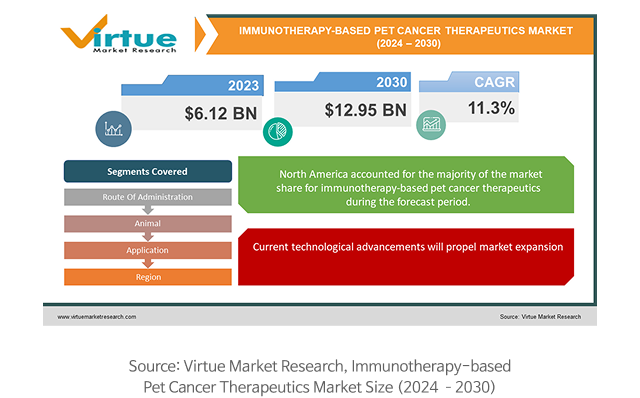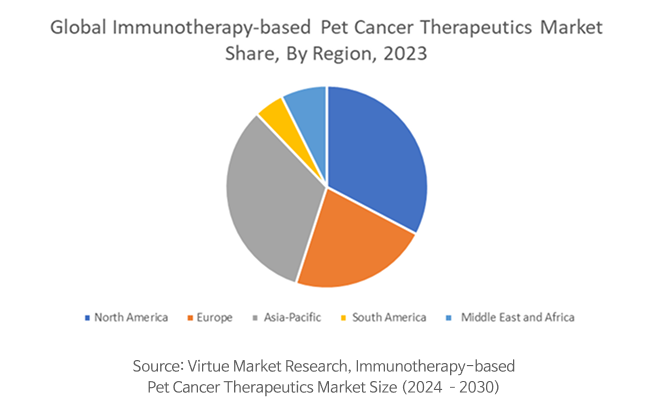Pipeline
You can scroll left and right to view the full content.
| Pipeline | Development Projects | Target diseases | Development of drug candidate | Preclinical trials | Safety test | Field trials | Product approval |
|---|---|---|---|---|---|---|---|
| vFT001 | FT005-002 (MyoLac II) |
Industrial animal improvements |
|
||||
| vFT005 | |||||||
| vFT011 | FT005-005 (Lobster) |
Melanoma, Lymphoma |
|
||||
| vFT012 | FT005-004 (Crab) |
Osteosarcoma, Mast cell tumors, Mammary tumors |
|
vFT011(Lobster), vFT012(Crab) projects
Incidence of cancer in pet dogs: 25-30% (over 50% in dogs over 10 years old)
Mostly commonly diagnosed cancer: lymphoma, mammary tumor, skin cancer, osteosarcoma1. Diseases in scope for vFT011, B7-H3 targeted active immunotherapy
- Osteosarcoma: high level of B7-H3 expression is observed in canine osteosarcoma. Treatment inhibits cancer invasion and immune evasion
- Mast cell tumors: a common skin cancer in dogs. Treatment reduces immune evasion
- Splenic hemangiosarcoma: A frequently diagnosed vascular sarcoma in dogs. Treatment lowers tumor aggressiveness
- Mammary tumors: Treatment weakens immune suppression mechanisms in canine mannary tumors
2. Diseases in scope for vFT012, B7-H1 targeted active immunotherapy
- Lymphoma: tumor commonly found in dogs and cats. Treatment lowers immune evasion
- Melanoma: Frequently observed in the oral cavity and around the nail in dogs. Treatment lowers immune evasion
- Osteosarcoma: a common bone cancer in dogs. Treatment reduces immune evasion, treatment resistance, tumor aggression and metastasis
- Transitional cell carcinoma (TCC): Common in dogs. Treatment inhibits immune evasion and slows tumor progression
- Mammary tumor: common in female dogs. Treatment suppresses immune evasion and reduce tumor malignancy
Pet cancer immunotherapy
| Mechanism of action |
|
|---|---|
| Development progress |
|
| Market size |
|
| Target diseases and competitors |
|
Cookie notice
By clicking 'Accept all cookies', you agree to the storing of cookies on your device and to the associated processing of data to enhance site navigation, analyse site usage, and assist in our marketing and performance efforts.
Cookie Consent Settings
- Strictly Necessary Cookies
- Functional Cookies
- Marketing/Advertising Cookies
- Statistics Cookies


